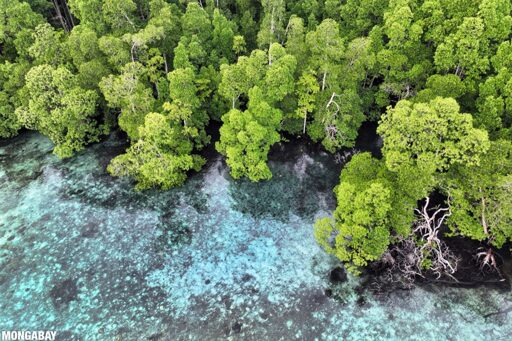Founder’s Briefs: An occasional series where Mongabay founder Rhett Ayers Butler shares analysis, perspectives and story summaries. Mangroves, the amphibious forests that fringe tropical and subtropical coastlines, are ecological powerhouses. They buffer communities against storm surges, support fisheries, and sequester carbon at rates that rival their terrestrial counterparts. Yet despite growing recognition of their value, mangroves remain imperiled. About 35% of global cover was lost in the late 20th century, largely to aquaculture and coastal development. New research offers the most comprehensive look yet at the cost of reversing that damage. Drawing on nearly 250 projects and dozens of data sources, researchers have created the first global model of site-specific mangrove restoration costs. They find a median implementation cost of $8,143 per hectare ($3,297 per acre), with wide variability: From just $9 to more than $700,000. Site conditions matter. Rehabilitating abandoned shrimp ponds tends to be cheap; replanting eroded or hydrologically disrupted coastlines is far pricier. Indonesia, with its vast archipelago and degraded deltas, holds the greatest potential. At least 204,000 hectares (504,100 acres) could be restored at less than $10,000 per hectare ($4,049 per acre) — making it a focal point for meeting national and international targets. Globally, 1.1 million hectares (2.7 million acres) of mangroves could be restored for $10.73 billion, or roughly what Americans spend on pet food every three months. That could remove up to 0.93 gigatons of CO₂ from the atmosphere, at an average cost of $11.49 per metric ton. Such figures are competitive in…This article was originally published on Mongabay
From Conservation news via this RSS feed


